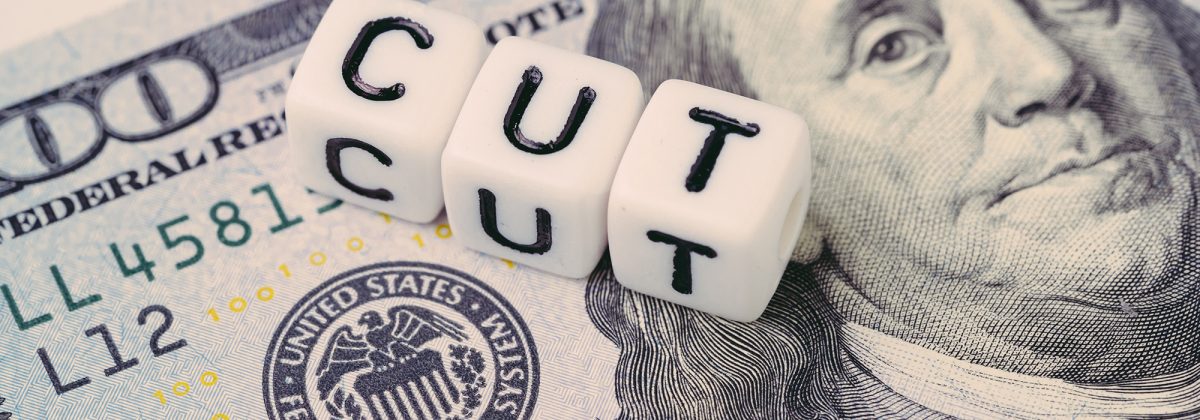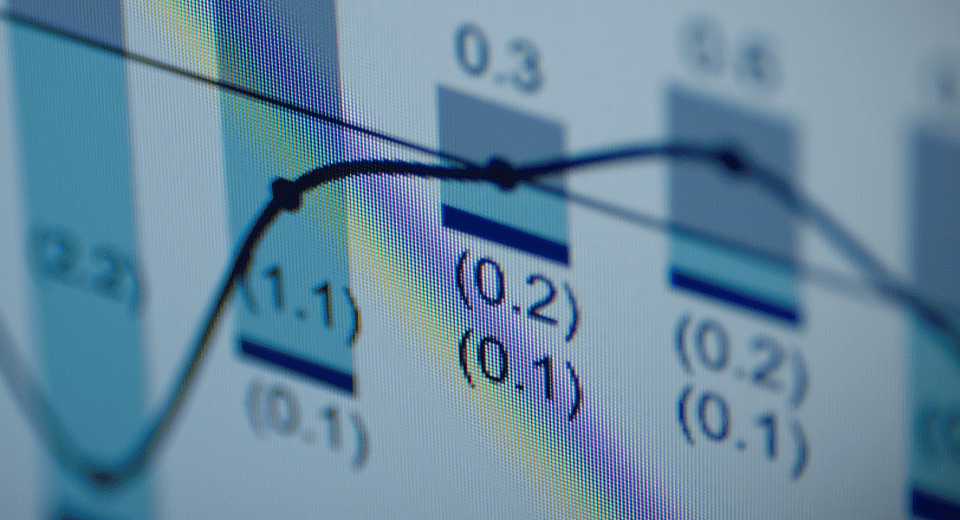Most developed economies are facing a change in their monetary policies, with some of the major Central Banks having adopted a dovish outlook for quite some time. The decision to reduce or stall interest rate hikes is being fuelled by expectations of a global slowdown. This expectation has even led many Central Banks to contemplate monetary easing, going forward.
In December 2018, the US Federal Reserve hinted at a lower interest rate hike, from the earlier three hikes through the year to two rate hikes. The Fed also reduced the median target rate for 2020 and 2021. In both the January and March 2019 policies, the Fed was increasingly dovish in its stance, saying that it intends to be more “patient” with the Federal Funds Rate, while indicating zero rate hikes for the rest of 2019.
The European Central Bank (ECB) has also adopted a similar stance. It finished its quantitative easing programme in December 2018, indicating no rate change only till the summer. However, in March 2019, the ECB cut its inflation and growth rate forecasts, saying that there would be no rate hike for the rest of 2019. The Bank of England (BoE) is currently grappling with Brexit issues and has adopted a “wait and watch” approach to keep interest rates stable. Although its labour market strength matches that of the US, its real interest rates are as low as that of the EU.
A synchronised global slowdown, driven by sluggish growth in China and Europe, is affecting traders too. Forex traders, in particular, are facing tough challenges, as a result of this dovish climate.
How Do Interest Rates Affect Currency Traders?
The sudden reversal in stance by the world’s most influential Central Bank, the US Fed, has made it easier for other Central Banks around the world to take a dovish stance. For forex traders, interest rates remain a constant underlying factor, determining the strength of their trading instruments as well as their profit potential. The higher the interest rate, the more the interest accrued on investments, and the higher the profits.
Although cutting interest rates is primarily done in the interest of businesses and households, it has a negative impact on currency exchange rates. Lower rates make a currency less appealing to foreign investors, reducing its demand in the global market, and reducing its relative value. Expected rates of return dip, resulting in money being moved out of the country to other economies, where rates are comparatively higher. This further leads to a reduction in the exchange rate.
But there are currencies that remain favourable for investment, despite a global economic slowdown.
Currencies to Invest in During an Economic Slowdown
Even with lower interest rates historically, the US Dollar continues to be extremely valuable, in relation to most other currencies, on account of its status as the world’s reserve currency. It is considered a safe haven investment during economic downturns, which has further contributed to its stability.
For the FOMC meeting scheduled in the last week of July 2019, expectations have been high that the US Fed would go for a quarter point rate hike for the first time in a decade. But experts say that even that won’t affect the value of the USD, since there is a massive quantitative easing programme in place in other parts of the world.
The US Dollar will likely remain strong and returns from the US financial markets could be better than those from Europe and Japan. Also, if the US reaches a consensus with China during its trade talks, global trading volumes could increase, which would be positive for the US Dollar. If the USD sees a sell-off due to its safe haven status, it will be a huge boon for the emerging market currencies.
Investing in Emerging Market Currencies
The global dovish stance has been good for the emerging markets, particularly India, which has seen some of the highest equity inflows in March 2019. The World Bank identifies emerging markets as those with per capita income of less than $4,035. This includes India, China, South Africa, Russia, Poland and others.
A strong US Dollar can stifle emerging market currencies. Countries like Brazil, Indonesia, India and South Africa can be highly sensitive to rising US interest rates. But the Federal Reserve has no intention of raising interest rates in 2019, which means there is little risk of capital outflows from emerging economies to US shores. In the absence of such outflow, global emerging market currencies are likely to continue to deliver stable returns.
Along with India, most emerging market currencies have recovered in 2019. The return of global risk appetite has triggered a recovery in the Asian equity markets as well. There have been predictions of a possible US recession on the horizon, indicated by a sharp inversion of the yield curve. If that is the case, then the emerging markets could be a valuable alternative.
However, these markets are extremely risky, due to a lack of proper market structure and higher risk of political instability. The currencies are also closely tied to the performance of the commodity markets, which are again affected by seasonal demand variations and US Dollar price fluctuations. Risk management is extremely important while trading emerging market currencies.
Trading Commodities: Gold and Oil
The prevailing low interest rates and economic downturn always make investors flee towards commodities like gold and oil. Oil prices are inversely related to the strength of the US Dollar, so a weaker US economy could drive oil prices up. There are other factors to consider too, such as supply quota and geo-political developments in oil producing countries.
According to investment analysts, gold prices could end the year on a higher note, if the Fed continues its dovish stance. The precious metal is much in demand globally, due to increasing tensions between the US and China, predictions of a global slowdown, Brexit complications and the loose monetary policies adopted by the major Central Banks. The price of gold could touch the $1,500-$1,600 mark over the next few months, if borrowing costs fall below zero.
Trading in a Dovish Scenario
If the economic data has been negative and the Central Banks are on a rate slashing mode, the market will have priced in the current dovish stance. It is a good idea to keep track of Central Bank press statements and economic indicator releases, to prepare for any ensuing volatility. An economic calendar will provide clues regarding whether the Central Banks are likely to take on a dovish or hawkish stance.
A good idea would be to track the Dollar index chart, since it closely tracks the value of the US Dollar. Dollar performance affects other currencies too. Experienced traders can adopt carry trade strategies, to take advantage of the interest rate differentials between currencies.
A trader using this strategy attempts to gain the difference in interest rates between two currencies, which can be substantial when leverage is used. The most popular carry trade currencies include pairs like the AUD/JPY and the NZD/JPY, since interest rate spreads of these currencies are quite high. The funding currency has the low interest rate, while the asset currency is the one with the higher yield.
Reference Links





